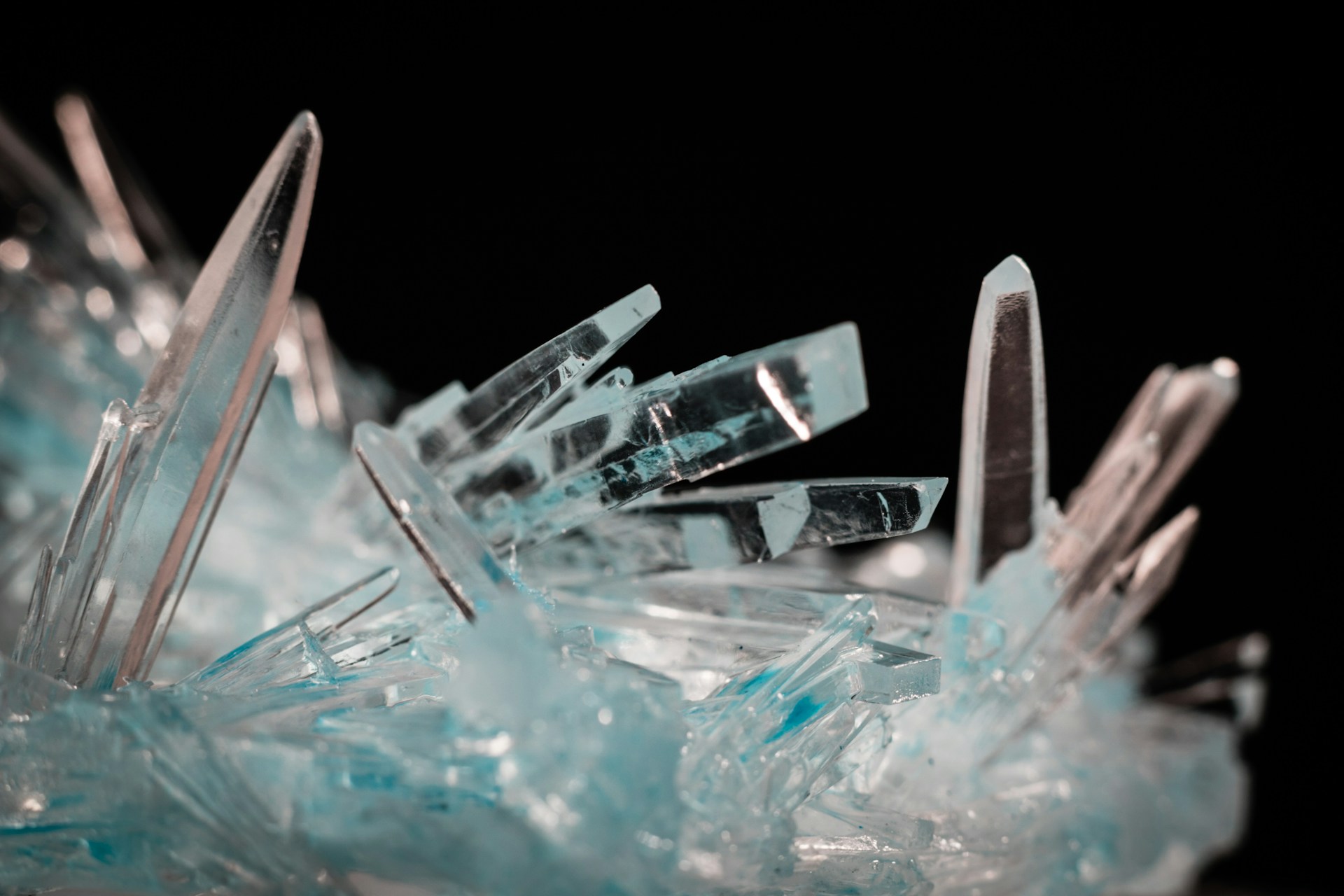Researchers from New York University have captured how colloidal particles transition from disordered blobs into ordered crystals; and along the way discovered a previously unknown hollow, rod-shaped structure they’ve dubbed “Zangenite”. The research was published in Nature Communications and can be found here:
Zang, S., Paul, S., Leung, C. W., Chen, M. S., Hueckel, T., Hocky, G. M., & Sacanna, S. (2025). Direct observation and control of non-classical crystallization pathways in binary colloidal systems. Nature Communications, 16(1), 3645. https://doi.org/10.1038/s41467-025-58959-0
Crystals; solids whose component atoms arrange into repeating patterns, were long thought to grow atom by atom in a single, straightforward way. Observations of larger, micrometre-scale colloidal particles, however, show a richer sequence: particles first condense into amorphous droplets, then reorganise into crystal lattices. By using charged colloids and real-time optical microscopy, the research team could watch structures emerge at the single-particle level. Stefano Sacanna, professor of chemistry at NYU said:
“The advantage of studying colloidal particles is that we can observe crystallization processes at a single-particle level, which is very hard to do with atoms because they’re too small and fast. With colloids, we can watch crystals form with our microscope,”
Combining bright-field experiments and thousands of computer simulations, the researchers showed that crystallisation follows a two-step pathway. First, charged particles in suspension condense into dense, liquid-like blobs. Next, these blobs act as nucleation sites from which ordered regions grow, ultimately transforming into a variety of crystal types.
Simulations led by Glen Hocky, assistant professor of chemistry at NYU, confirmed this route: when salt concentration is lowered, the attractive well in the pair potential deepens, driving blob formation; subsequent particle rearrangements within these blobs yield faceted crystals via monomer addition, blob absorption, and oriented attachment.
During routine observations, Ph.D. student Shihao Zang noticed a slender, hollow crystal whose tips contained internal channels. After comparing its geometry against over a thousand known structures; and finding no match, Zang turned to Hocky’s simulations to reproduce and study the form in silico. Hocky stated:
“This was puzzling because usually crystals are dense, but this one had empty channels that ran the length of the crystal,”
The result was a low-density framework with rod-like morphology and axial voids. Although its chemical composition (L₃S₄) was catalogued, lab members soon called it “Zangenite” in honour of its discoverer.
“We study colloidal crystals to mimic the real world of atomic crystals, but we never imagined that we would discover a crystal that we cannot find in the real world,”
Mapping the two-step mechanism offers engineers a blueprint for tailoring particle interactions; via salt concentration, surface chemistry, or external fields, to be able to assemble desired polymorphs. Control, like this, is key for designing advanced materials, from photonic bandgap lattices in optical devices to porous scaffolds in catalysis. Sacanna said:
“Before, we thought new crystal structures would be rare, now, we see that by probing non-classical routes, we may uncover many more.”
The study’s other authors are Sanjib Paul, Cheuk Leung, Michael Chen, and Theodore Hueckel.

Hassan graduated with a Master’s degree in Chemical Engineering from the University of Chester (UK). He currently works as a design engineering consultant for one of the largest engineering firms in the world along with being an associate member of the Institute of Chemical Engineers (IChemE).



